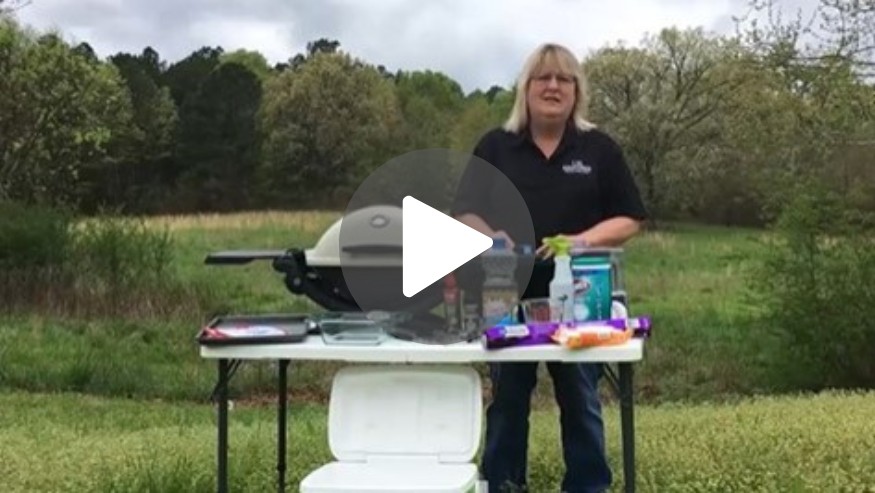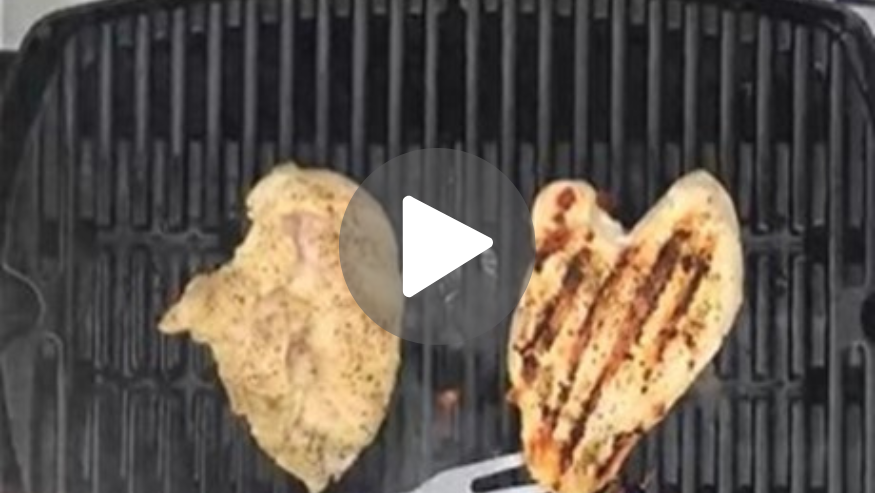Grilling in the Backyard with Food Safety in Mind: Part 1
At Home with UAEX
Learn from the best Extension Educators on being at home with UAEX!
Backyard Grilling & Food Safety
by Original Author: Mary Jane Cody, Perry County | Adapted Blog: Torrie Smith, Van Buren County
Cooking outdoors was once a summer only activity. Now, more than half of Americans
say they are cooking outdoors year-round. This is probably especially true during
this unprecedented time in our nation and our world. Families are spending more time
together and preparing meals. Making an outdoor meal might be just the break we all
need. But it's important to follow safety guidelines to protect our families.
Part 1 Video
Things to keep in mind while grilling outdoors:
Clean. Wash your hands with soap before and after handling raw meat, poultry, and seafood. Wash work surfaces, utensils, and the grill before and after cooking. Consider where you plan on grilling. Is there a source of clean water? If not, you might bring water for preparation and cleaning, having cleaning wipes and moist towelettes available. You might even consider using vinyl gloves to handle your raw meat.
Separate. Don’t cross-contaminate. Throw out marinades and sauces that have touched raw meat juices. Put cooked meat on a clean plate.
Cook. Use a food thermometer to ensure meat is cooked hot enough to kill harmful germs. When smoking, keep temperature inside the smoker at 225°F to 300°F to keep meat at a safe temperature while it cooks.
Chill. It’s important to keep cold foods cold, only take outside what will be immediately placed on the grill. Keep meat, poultry, and seafood refrigerated until ready to grill. When transporting keep below 40°F in an insulated cooler. Always keep your hot foods hot. After cooking meat and poultry, keep it hot until ready to serve at least 140°F or warmer.
Refrigerate. Refrigerate any leftovers right away. If you plan to re-heat those hot dogs and hamburgers on the grill, be sure that they reach one hundred and 65°F and discard any food left sitting out over one hour. Divide leftovers into small portions and place in covered, shallow containers. Put in freezer or fridge within two hours of cooking (one hour if above 90°F outside).
These are just a few easy rules to follow when preparing a meal for your family using an outdoor grill. Watch part 2 for more tips.
Part 2 Video
For more information, contact your local Family and Consumer Sciences Agent at your County Extension Office.


